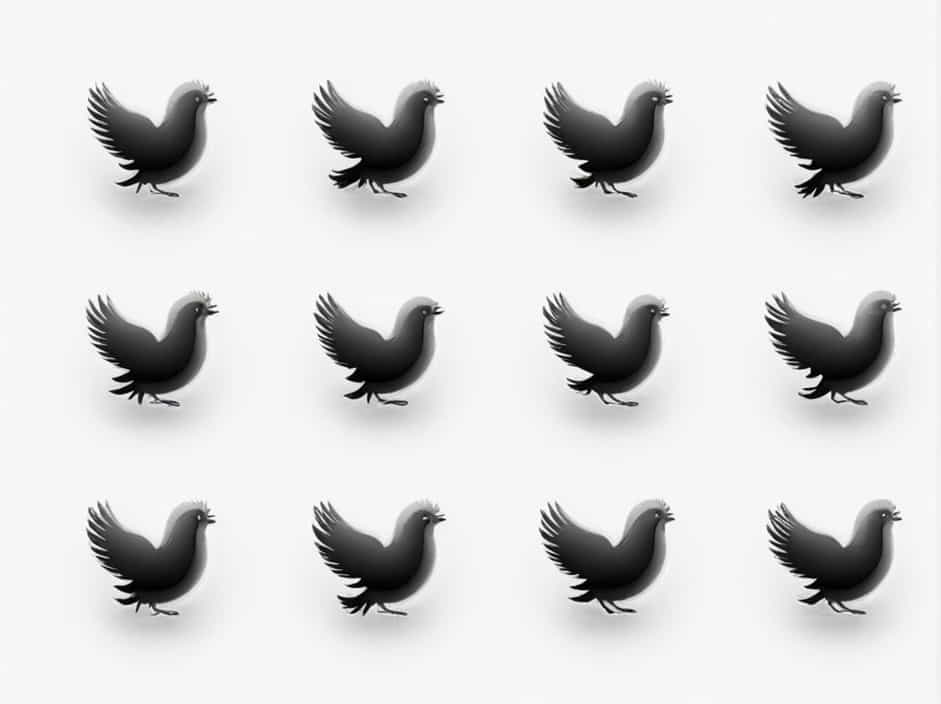The Nativity Facade and Passion Facade of the Sagrada Família in Barcelona are two of the most significant and visually striking features of this iconic basilica. Designed by Antoni Gaudí, each facade tells a different story of Jesus Christ’s life, with distinct architectural styles, symbolism, and artistic expression.
Understanding the differences between these two facades helps visitors appreciate the spiritual and artistic depth of the Sagrada Família. This topic explores their design, themes, and unique elements, providing a clear comparison for those interested in Gaudí’s masterpiece.
Overview of the Sagrada Família’s Facades
The Sagrada Família has three major facades, each representing different aspects of Christ’s life:
- Nativity Facade – Depicting the birth of Christ.
- Passion Facade – Illustrating His suffering and crucifixion.
- Glory Facade – Representing His resurrection and divine glory (still under construction).
The Nativity and Passion Facades are the most complete, offering a powerful contrast in artistic style and emotional impact.
Nativity Facade: The Joy of Christ’s Birth
1. Design and Style
The Nativity Facade is the most detailed and ornamented part of the Sagrada Família. It was designed by Gaudí himself and completed in 1935. The facade features an organic, naturalistic style, reflecting life, joy, and hope.
2. Symbolism and Theme
This facade celebrates the birth of Jesus Christ and the miracle of life. The sculptures and carvings emphasize themes of nature, growth, and divine love.
3. Key Elements
- Three Portals: Representing the theological virtues – Faith, Hope, and Charity.
- Holy Family Scene: A detailed depiction of Mary, Joseph, and baby Jesus.
- Angels and Shepherds: Expressing the joy of Christ’s birth.
- Nature-Inspired Details: Animals, plants, and stars highlight the connection between nature and divinity.
- Towering Spires: Each dedicated to a different religious figure, reinforcing the importance of faith and devotion.
4. Emotional Impact
The Nativity Facade feels warm, welcoming, and uplifting. The intricate details and organic shapes create a sense of spiritual harmony and celebration.
Passion Facade: The Suffering and Death of Christ
1. Design and Style
Unlike the Nativity Facade, the Passion Facade has a stark, minimalist, and angular design. Gaudí planned it to contrast with the softness of the Nativity Facade. It was built between 1954 and 1976, long after Gaudí’s death, based on his original designs.
2. Symbolism and Theme
This facade focuses on the passion, suffering, and sacrifice of Jesus Christ. The sculptures are harsh, angular, and skeletal, emphasizing pain and sorrow.
3. Key Elements
- Three Portals: Representing Love, Sacrifice, and Hope.
- The Last Supper: A dramatic depiction of Jesus’ final meal with His disciples.
- The Kiss of Judas: Symbolizing betrayal.
- The Crucifixion: A powerful, haunting representation of Jesus on the cross.
- The Resurrection Scene: A glimpse of hope amid suffering.
4. Emotional Impact
The Passion Facade is dramatic, intense, and deeply emotional. The stark lines and shadowy recesses create an overwhelming sense of sorrow and sacrifice, making it a striking contrast to the joyful and lively Nativity Facade.
Key Differences Between Nativity and Passion Facades
| Feature | Nativity Facade | Passion Facade |
|---|---|---|
| Theme | Birth of Christ, joy, and life | Suffering, sacrifice, and death |
| Architectural Style | Organic, detailed, and naturalistic | Geometric, sharp, and minimalist |
| Emotional Tone | Warm, uplifting, and celebratory | Intense, sorrowful, and dramatic |
| Major Scenes | Holy Family, angels, shepherds | Betrayal, crucifixion, resurrection |
| Completion | 1935 | 1976 |
| Sculpture Style | Soft, flowing, detailed | Angular, skeletal, abstract |
Why Are These Differences Important?
The contrast between the Nativity and Passion Facades is a deliberate artistic and spiritual choice. Gaudí wanted visitors to experience the full emotional spectrum of Christ’s life – from the joy of His birth to the pain of His crucifixion.
This stark difference makes the Sagrada Família a unique architectural and spiritual landmark, offering visitors a deep, immersive experience that reflects the complexity of faith and human existence.
Which Facade Should You Visit First?
Visitors often wonder which facade to see first. Here are some recommendations:
- For a joyful and inspiring experience: Start with the Nativity Facade.
- For a dramatic and powerful impact: Begin with the Passion Facade.
- For a complete journey through Christ’s life: Visit both facades and experience their contrast.
The Nativity Facade vs Passion Facade comparison highlights the artistic genius of Antoni Gaudí and the profound storytelling embedded in the Sagrada Família. The Nativity Facade radiates life, love, and celebration, while the Passion Facade delivers a striking representation of pain, sacrifice, and redemption.
Both facades play a crucial role in conveying the spiritual journey of Christianity, making the Sagrada Família one of the most extraordinary religious and architectural landmarks in the world.
